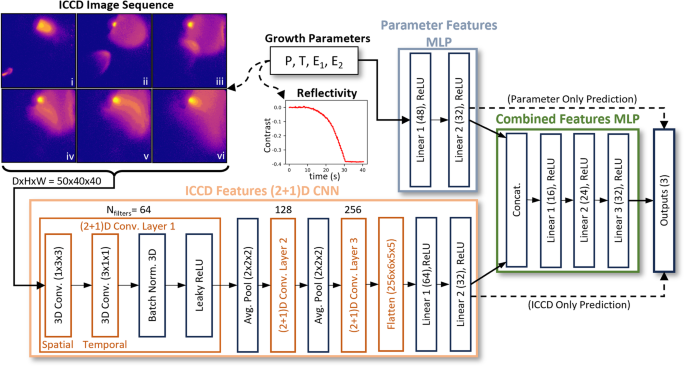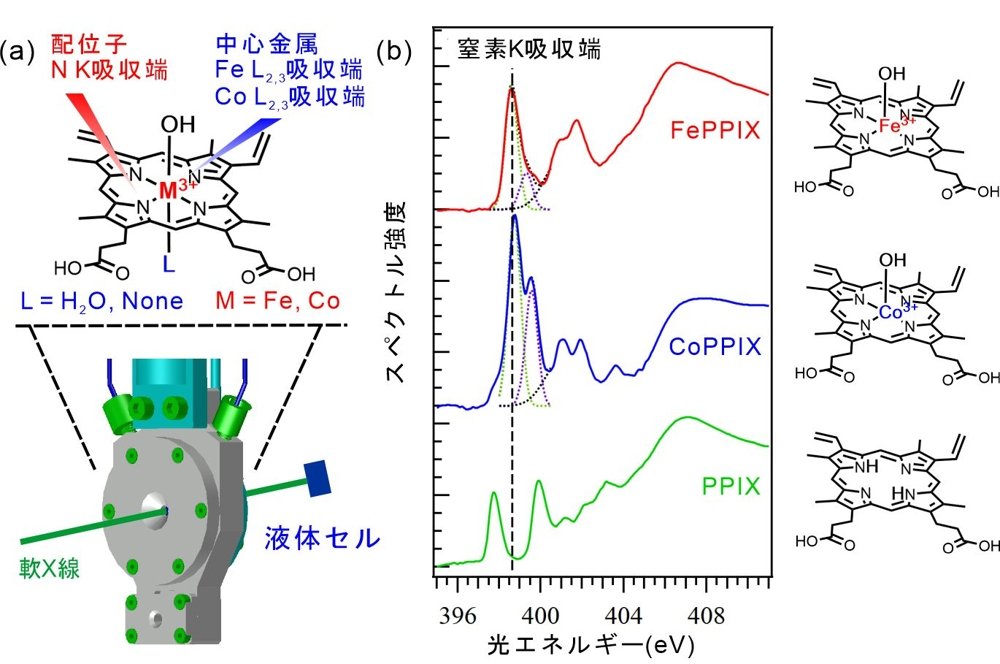2024-09-16 パシフィック・ノースウェスト国立研究所(PNNL)
<関連情報>
- https://www.pnnl.gov/publications/stronger-sea-surface-cooling-produced-hurricanes-along-us-southeast-coast
- https://agupubs.onlinelibrary.wiley.com/doi/10.1029/2024GL110087
米国南東海岸付近で観測された熱帯低気圧による海面冷却の増加 Observed Increase in Tropical Cyclone-Induced Sea Surface Cooling Near the U.S. Southeast Coast
Effy B. John, Karthik Balaguru, L. Ruby Leung, Samson M. Hagos, Robert D. Hetland
Geophysical Research Letters Published: 19 July 2024
DOI:https://doi.org/10.1029/2024GL110087

Abstract
Tropical cyclones (TCs) induce substantial upper-ocean mixing and upwelling, leading to sea surface cooling. In this study, we explore changes in TC-induced cold wakes along the United States (U.S.) Southeast and Gulf Coasts during 1982–2020. Our study shows a significant increase in TC-induced sea surface temperature (SST) cooling of about 0.20°C near the U.S. Southeast Coast over this period. However, for the U.S. Gulf Coast, trends in TC-induced SST cooling are insignificant. Analysis of the large-scale oceanic environments indicate that the increasing TC-induced cold wakes near the Southeast coast have been predominantly caused by the cooling of subsurface waters in that region. This upper-ocean change is attributed to the enhancement of surface pressure gradient across land-sea boundary and the associated increase in alongshore winds over there. Further analysis with climate models reveals the important role of anthropogenic forcings in driving these changes in the atmospheric circulation response along the U.S. Southeast Coast.
Key Points
- The tropical cyclone induced sea surface temperature cooling has significantly increased near the U.S. Southeast Coast in recent decades
- The increasing trend in TC-induced cold wake is primarily attributed to subsurface cooling driven by the change in atmospheric circulation
- Climate models suggest greenhouse gases are likely responsible for the atmospheric circulation changes
Plain Language Summary
Tropical cyclones (TCs) can induce strong mixing in the upper ocean and upwelling of cold, nutrient-rich water from subsurface to the surface. This process can induce significant sea surface cooling and enhance primary productivity. Utilizing satellite observations, we found evidence that the sea surface cooling associated with TCs has been increasing significantly in the near-shore regions of United States (U.S.) Southeast Coast. However, corresponding trends in the U.S. Gulf Coast are not significant. Here we show that the enhanced TC-induced SST cooling along the U.S. Southeast Coast has occurred in response to changes in the atmospheric circulation associated with global warming. These findings shed light on the potential changes in the interactions between TCs and the upper ocean conditions under a non-stationary climate.



